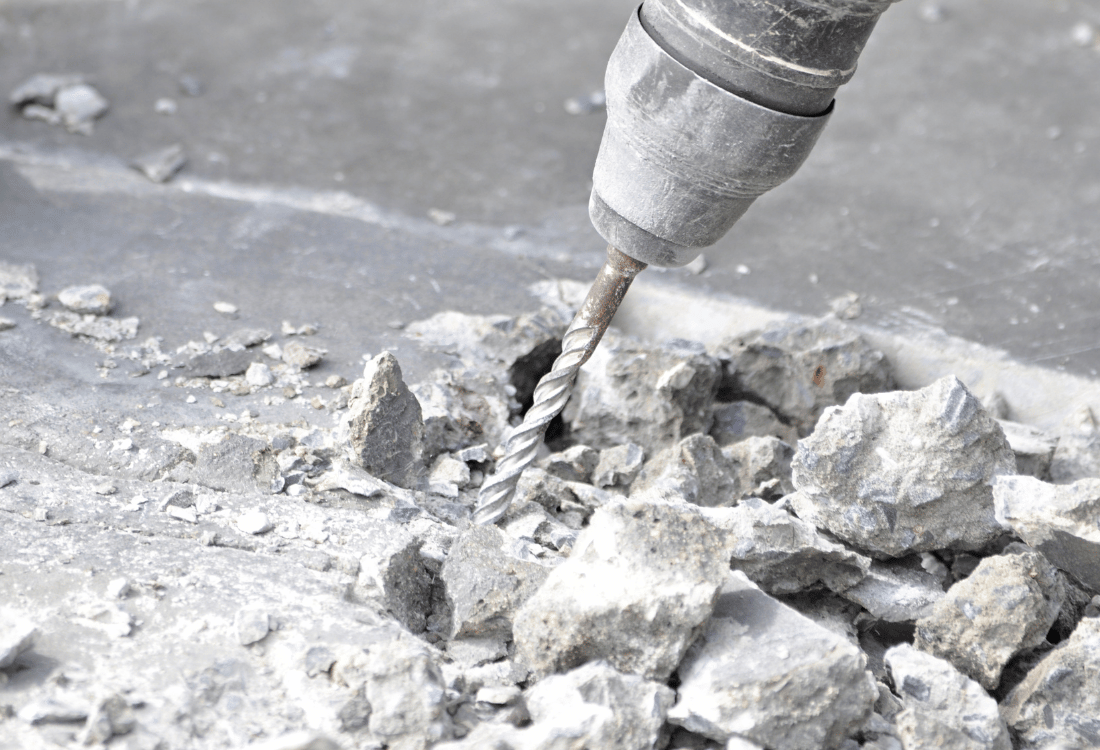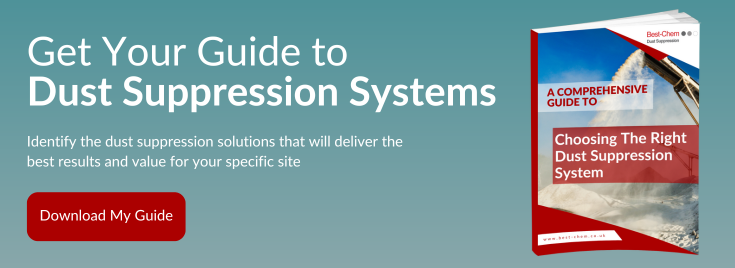
Top Dust Control In Cutting Or Drilling In Concrete Or Masonry
Cutting and drilling operations in concrete and masonry produce large concentrations of dust that can be hazardous to human health if inhaled. Especially dangerous is respirable crystalline silica, which is an ultrafine airborne particulate that can cause long-term and life-threatening respiratory issues, including silicosis.

In this article, we'll look at how to control dust on site to improve air quality, protect the environment, and safeguard the health and safety of your workers.
How To Control Dust On-site
Depending on the location of your operation, environmental factors, and the risk of dust spreading to surrounding areas, there are several effective dust mitigation strategies you can adopt. These include:
Vacuum Extraction
For controlled indoor environments, or when dealing with large volumes of dust, an industrial vacuum extraction system can be effective. These devices capture dust at source and prevent it from spreading. Dust extraction systems can also be integrated into large drilling or cutting plant or tools, capturing airborne particles and preventing their release into the air.
PPE and Safety Protocols
Personal protective equipment (PPE) is essential when drilling or cutting concrete and masonry. Respirators, masks, goggles, overalls, and gloves protect your workers from inhaling harmful particles or carrying them away from the site on their clothing. Stringent safety protocols can also increase the effectiveness of PPE, for example, by training plant operators on the best techniques for minimising dust creation and for avoiding dust exposure wherever possible.
Dust Suppression Sprinkler Systems
Water suppression systems or sprinklers dampen the dust at the source by applying a continuous or intermittent water spray during drilling and cutting. The additional water content helps bind dust particles together and makes them heavier, reducing the risk of them becoming airborne. Some operators attach dust suppression bottles to their tools to further minimise airborne particles in a strategy known as wet cutting. This can minimise safety risks when conducting cutting and drilling operations in built-up urban areas.
Special Precautions
There are several applications in which special dust suppression precautions should be taken while cutting or drilling, such as:
Dust From Site Roads and Traffic Areas and Long-Term Projects
For long-term construction and civil engineering projects, it may be cost-effective to invest in an automated sprinkler system to control dust on site. This will help to improve your overall air quality and reduce the risk of dust-related health problems and pollution in the surrounding areas. Automated controls will help improve water efficiency and optimise the performance of the dust suppression system.
Demolition Dust
Demolition activities generate huge quantities of dust, so at high-risk times, consider using fog cannons to suppress dust in bulk and create a safer operating environment. Fog cannons are particularly effective in large, open outdoor areas where traditional dust suppression methods are less practical.
What Next?
Contact one of our specialists at Best Chem today to find out about our dust control sprinkler systems and how we can help you control dust on site.
Image Source: Canva
